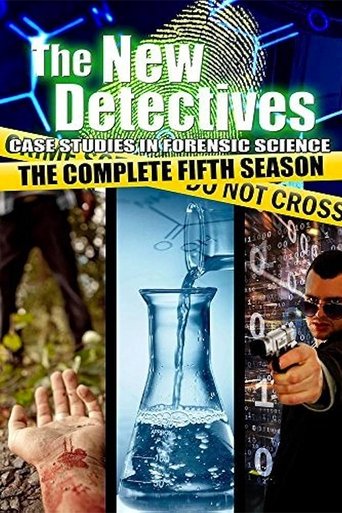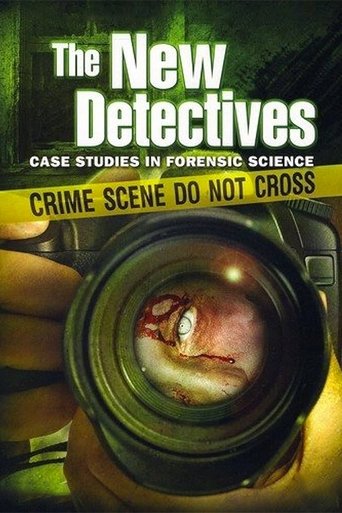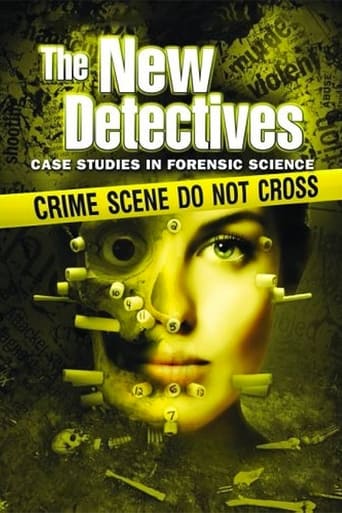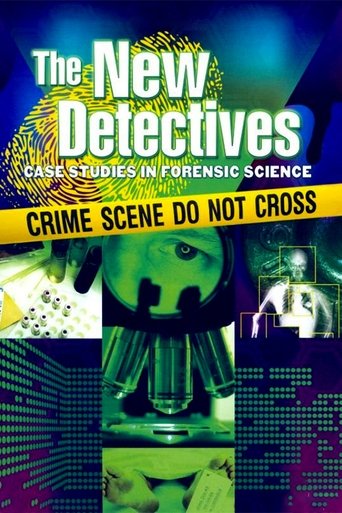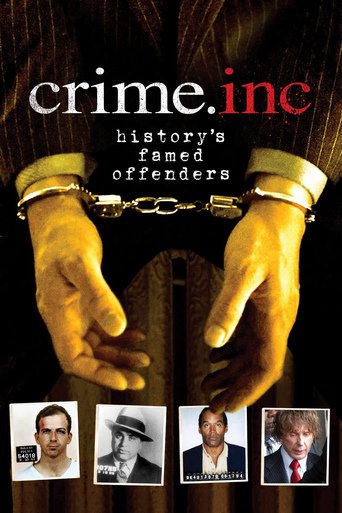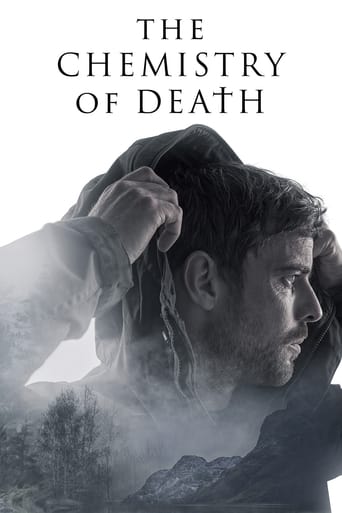The New Detectives Season 8
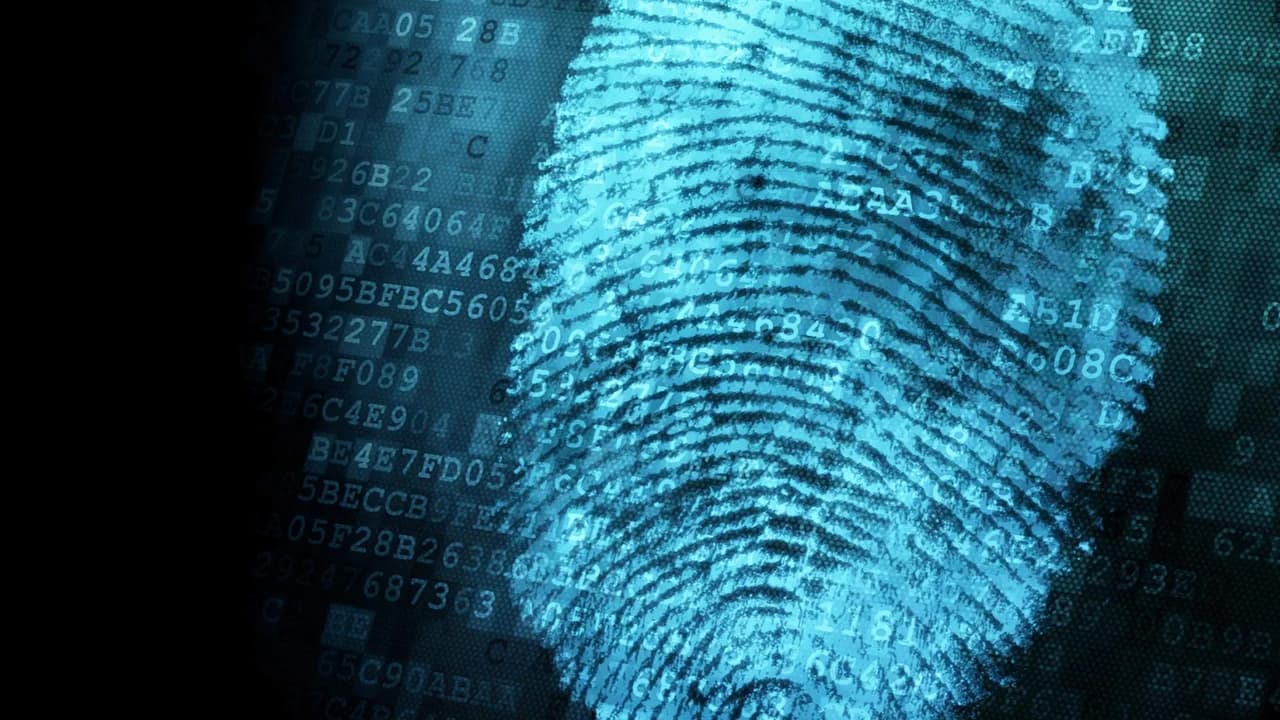
The New Detectives: Case Studies in Forensic Science is a documentary true crime television show that aired two to three different cases in forensic science per episode.
Watch NowWith 30 Day Free Trial!
The New Detectives
1996 / TV-PG

The New Detectives: Case Studies in Forensic Science is a documentary true crime television show that aired two to three different cases in forensic science per episode.
Watch Trailer
With 30 Day Free Trial!
The New Detectives Season 8 Full Episode Guide
Coroners play a vital role in piecing together the final moments of someone’s life. Los Angeles County coroner Julie Wilson provides an in-depth look into the science of death, as well as the techniques and methodology used by coroner investigators.
When victims of murder knew their killers, they can be caught off guard. The killers rely on their intimate knowledge to pull off the perfect crime. But even the best-laid plans leave traces of the forsaken trust.
Solving crimes may begin with intuition but advanced science provides investigators with irrefutable proof to uncover staged accidents. When criminals go to great lengths to hide their crimes, skeptical investigators must remain undaunted.
At a crime scene, anything left behind or moved out of place is considered a clue. But a fire can extinguish everything in its path, challenging forensic investigators at every turn.
Some killers choose to hide their victims and investigators must then rely on forensics to uncover proof of murder. From identifying remains to uncovering post-mortem clues, medical examiners are integral in solving some of the most brutal crimes.
Anytime, anywhere, people disappear – and sometimes these disappearances end in tragic murder. Kidnappers always leave clues behind, but chasing them takes time, hindering investigators’ attempts to solve these fatal abductions.
Often killers are careful to not leave any fingerprints behind. But the methods of the murder itself can leave a lasting impression on authorities, especially when the tools of a killer’s trade leave a victim marked for death.
When murderers hide or destroy the remains of their victims, forensic scientists must reconstruct the scenes and prove murder for an absent witness.
When killers are driven by jealousy, rage and desire, their desperation is evident in both the crime and their efforts to cover their tracks. But forensic science can reveal even the smallest mistake to solve these crimes of passion.
In most murder cases, police rely on motive to pursue a killer. But when the murderer is a stranger, the crime may go unsolved for years. Investigators must employ an arsenal of forensic techniques to trace these seemingly random lethal encounters.
When a victim is killed at point-blank range, police often suspect that a friend or acquaintance is to blame, because for a stranger it would otherwise prove too difficult. Investigators must use the clues to track down the most unlikely killers.
Killers often will try to cover up their crime by hiding the remains of their victims. Sometimes bodies may lay hidden for years before they are discovered. That’s when forensic scientists are called upon to reveal buried clues.
Most victims are meticulously chosen by their murderer because of a connection or because they match a set of criteria. The most terrifying cases of murder occur when the killer appears to choose victims at random.
A murdered woman is found stuffed in the boot of her car, and a routine investigation reveals a wife may not have abandoned her family on purpose. When everyday substances reveal hidden clues that break a homicide case, those substances become the elements of murder.
Sometimes when a death seems to be accidental, forensics can reveal the deception just below the surface. Law enforcement uses a variety of techniques to uncover the hidden truths that reclassify cases from tragic accidents to cold-blooded homicides.
Lies, deception and contradicting witnesses can often throw investigators off the trail of justice. But when indisputable evidence refutes a killer’s story, police must use the clues to piece together the truth.
Sometimes the cause of death does coincide with the scene of the crime. When an untraceable poison is used as a murder weapon, investigators rely on forensic toxicologists to follow a killer’s tracks and expose a toxic death.
For some killers, murder can be a lucrative business. When a victim has been targeted for death, investigators must dig deep and go beyond the obvious to uncover a murder for hire.
Free Trial Channels
Seasons


























